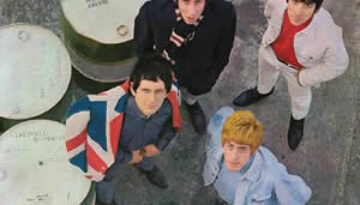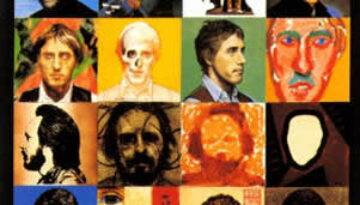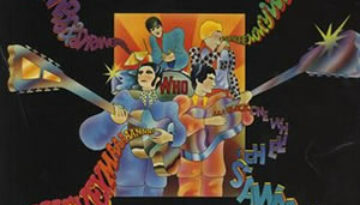My Generation by The Who
Buy My Generation The Who released an impressive debut album in December 1965 with My Generation. Although the group was initially dissatisfied with the album, it has grown in the past half century […]

Buy My Generation The Who released an impressive debut album in December 1965 with My Generation. Although the group was initially dissatisfied with the album, it has grown in the past half century […]

Buy Face Dances Face Dances was the ninth album from the legendary band The Who but their first without drummer Keith Moon, who died of an overdose shortly after the release of their […]

Buy A Quick One The Who‘s second album is widely regarded as the pivotal album for the group due to their rapid departure from the R&B/pop formula featured on the band’s debut, My […]